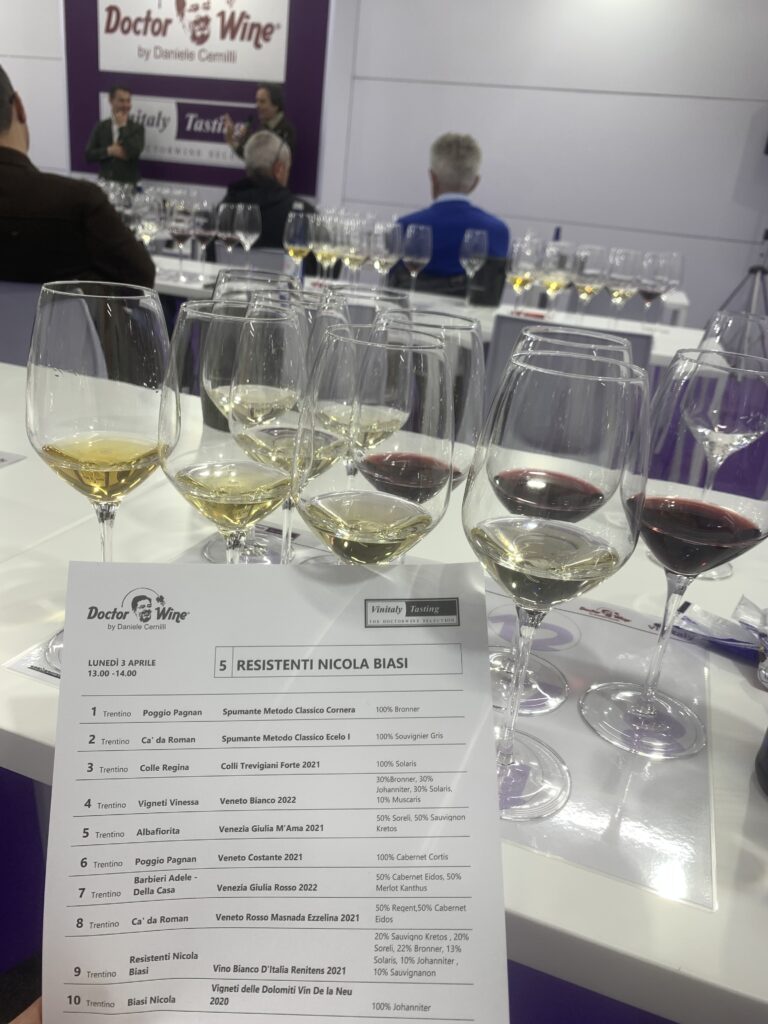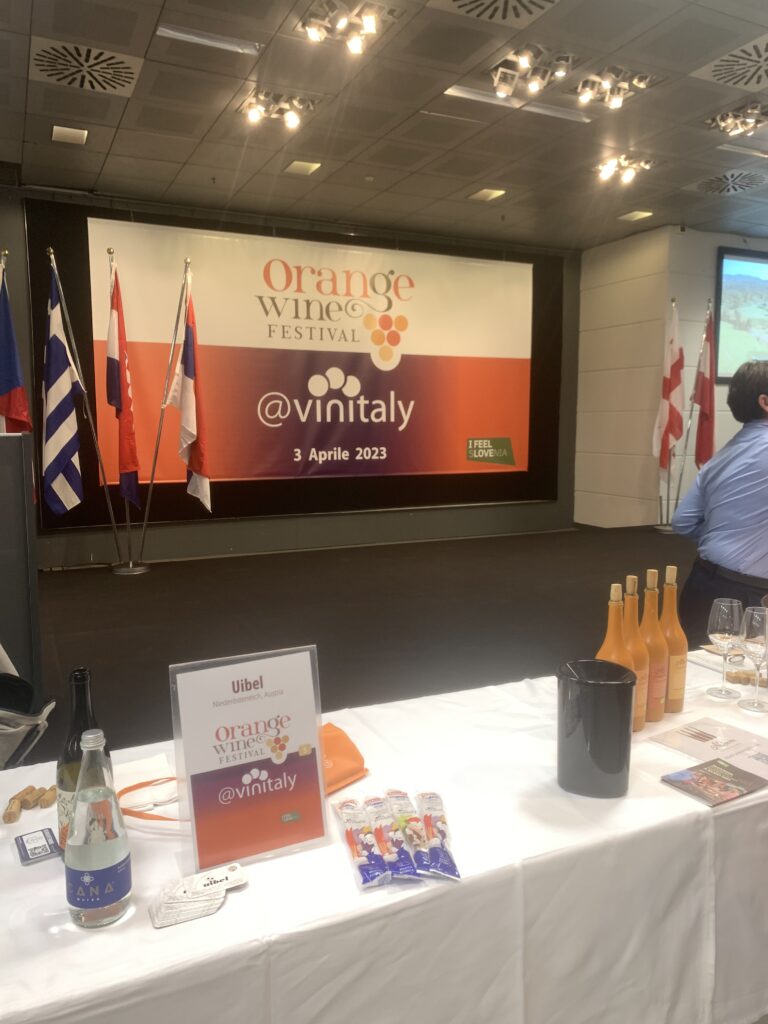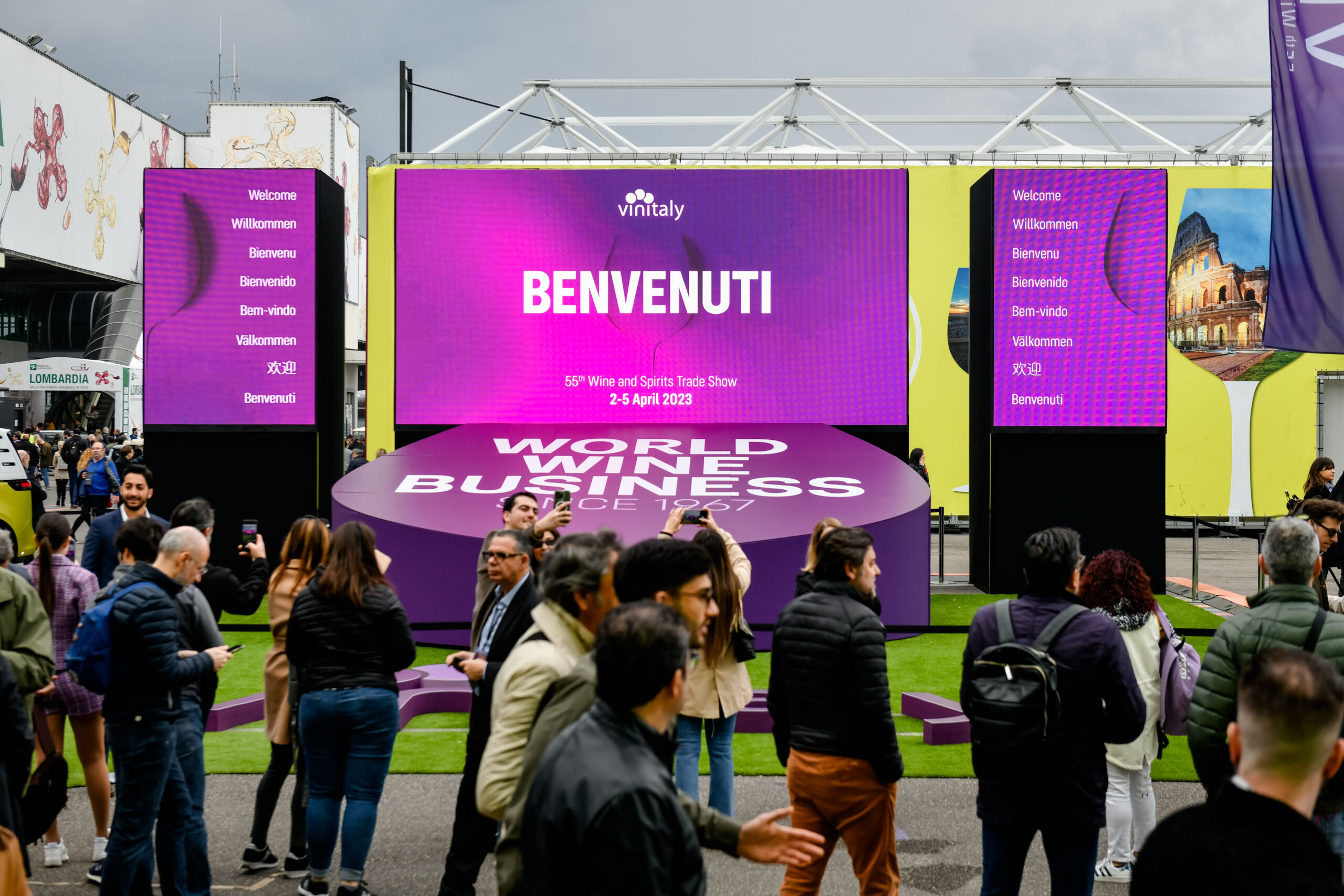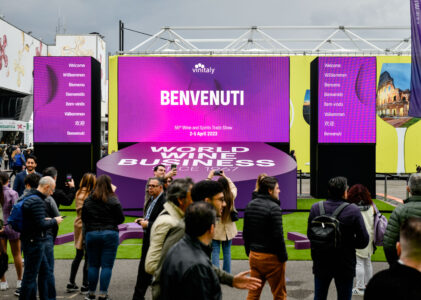It was likely to be more crowded than last year and indeed it was: the 55° Vinitaly closed today with a total attendance of 93,000 (29,600 international). Growth compared to the last edition was almost entirely thanks to international buyers (about +20%) from 143 countries, this year representing one-third of total accredited operators. This figures includes more than one thousand top buyers selected and hosted by Veronafiere and ICE-Trade Agency, a clear sign that the focus at Vinitaly is increasingly on business with fewer private visitors who instead gathered at Vinitaly and the City, the “Off-Show” event that this year featured more than 45,000 tastings (+50% compared to 2022) by wine lovers in the historic centre of Verona.
On closing Vinitaly today, The President of Veronafiere, Federico Bricolo, said: “Our goal is to build a permanent and coordinated promotional platform together with institutional partners. The aim is to attract incoming investments into Italy, on the one hand and, on the other, to push Italian products abroad as Veronafiere – after Brazil and China – also sets up strong roots in the United States, Japan, South Korea and the Far East.”
“Our investments to stimulate incoming international attendance,” said the Managing Director of Veronafiere, Maurizio Danese, “achieved initial and very effective results for a Vinitaly that we want to become increasingly vital for the business of exhibitors who set aside important resources to take part in the event. The matching of supply & demand worked very well, as demonstrated by more than 11,000 scheduled appointments between exhibitors and buyers through the Vinitaly Plus platform, in addition to those set up directly between companies and buyers. The new approach has begun but it is certainly not finished: Vinitaly,” Danese concluded, “will always be the driving force behind Made in Italy, both at home and abroad, provided that the event thinks in terms of the development of the sector and its companies. And this is precisely what we are trying to do.”
Among the top five countries of origin, the United States moved well ahead of Germany. The United Kingdom retained third place, while China resumed fourth place by overtaking Canada. The general growth of the European market was also matched by the impressive return of operators from all non-EU markets: Asia more than doubled (+116%), driven by the return of the Chinese (more than 1000 attendances) and Japan (+143%). The Americas posted +38% with excellent results from the USA (+45%) and Brazil (+46%), as well as further consolidation for Canada (+19%). Even Australia posted a three-figure performance at +130%.

Noticeable is the attention given to fungal-resistant PIWI wines at Vinitaly (read more here ) and the focus on the new wine frontiers starting with the effects of climate change and its repercussions from the vineyard to the bottle. These aspects were investigated in four different masterclasses featuring wines from grape varieties resistant to the main fungal diseases of the vine (powdery mildew and downy mildew, but not only), and the first two events took place on Sunday, April 2, at the opening of the tradeshow.
We’re talking about “Discover Piwi: Everything you ever wanted to know about Piwi and never had the courage to ask” Masterclass organised by Cantina Pizzolato di Villorba di Treviso, moderated by wine consultant Filippo Bartolotta, and the tasting of seven glasses from different countries from the old and new world in “New trends – Wine to the moon and back” Masterclass organised by the Donne del Vino and conducted by Cristina Mercuri DipWset, to explore how the wine industry is adapting to climate change.
On Monday, April 3, Piwi varieties were the focus of two other workshops: the seminar “Future Viticulture: vines that resist” held by Attilio Scienza, scientific director of the Vinitaly International Academy, and the seminar of the business network “Resistenti Nicola Biasi,” a project that currently groups eight different wineries between Veneto and Trentino at Vinitaly tasting-The DoctorWine selection. This event included the tasting of ten wines from resistant grape varieties, two of which were proposed by the Ca’ da Roman Winery in Romano D’Ezzelino (Vicenza), currently the largest winery in Europe to only produce wines from Piwi grapes.
The new selection “Micro Mega Wines” (Micro Size – Mega Quality) got also increased focus. 30 to 35 producers were exhibiting in Hall F, which has been renamed Organic Hall, in the neighbourhood of Vinitaly Bio and the Natural Winegrowers Association ViTe.

Another juicy news of this Vinitaly was certainly the OrangeWineFestival @Vinitaly on Monday April 3, this year open to attendance and featuring ecologically conscious winemakers – many of whom are pioneers in natural and sustainable production – in this wine niche, which is important both as a signpost for sustainable and eco-friendly production as a draw for new fans who want to be closer to nature.
The next Vinitaly is scheduled 14-17 April 2024.

